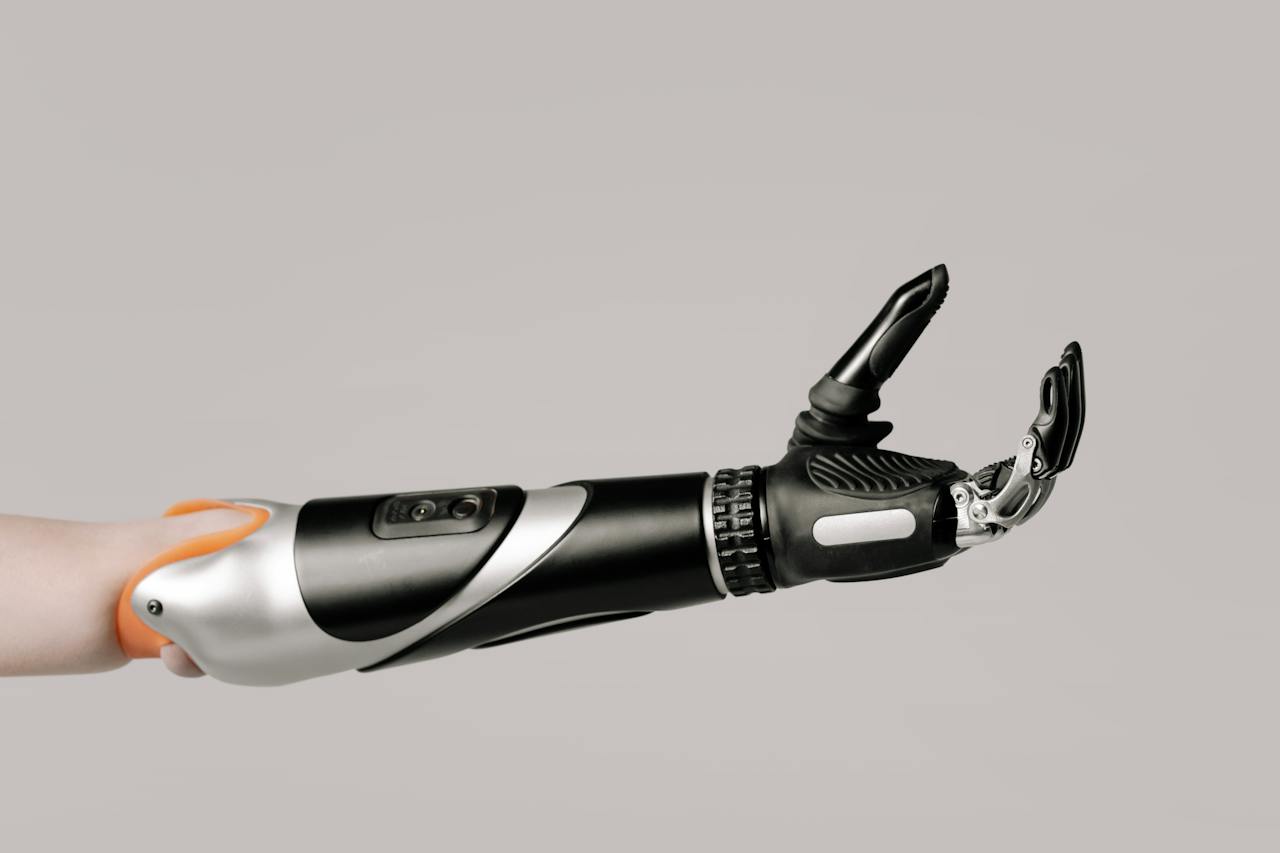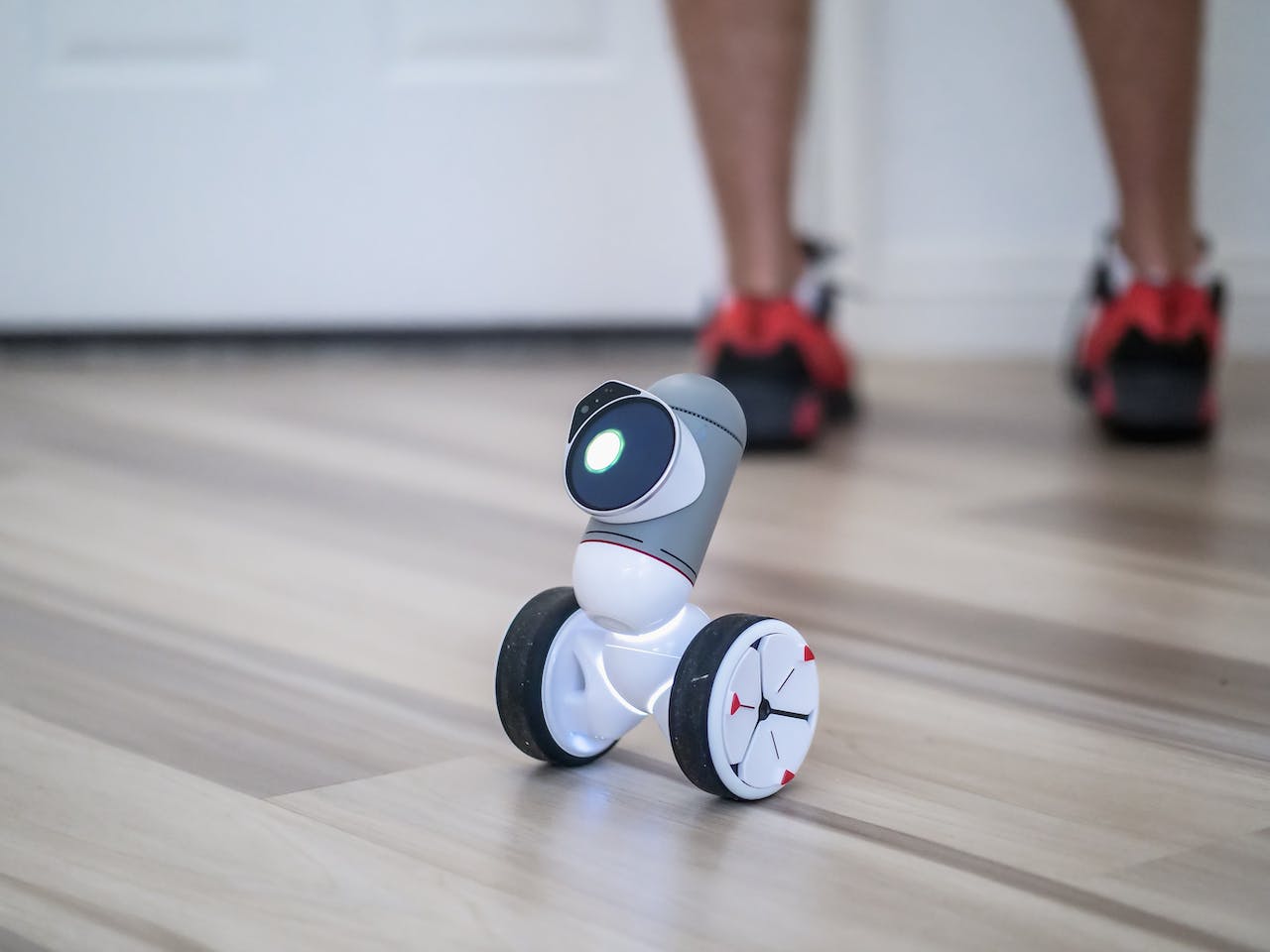
In the ever-evolving landscape of technology, Robotic Process Automation (RPA) stands out as a transformative force. Businesses are increasingly turning to automation to streamline processes, improve efficiency, and reduce costs.
“„Forrester anticipates an increase from $250 million in 2016 to $2.9 billion by 2021, while Grand View Research projects growth from $358 million in 2017 to $3.11 billion by 2025.
With thelatest trends in robotic process automation, it becomes evident that this field is not just about automating routine tasks; it's about leveraging cutting-edge technologies to drive innovation and achieve unprecedented levels of productivity. Let's explore the key trends shaping the future of RPA.
What Is Robotic Process Automation?
One software technology that facilitates the creation, deployment, and management of software robots that mimic human interactions with digital systems and software is robotic process automation (RPA).
Software robots are capable of a wide variety of tasks, much like humans. They can comprehend what's shown on a screen, type correctly, traverse systems, recognize and retrieve data, and much more.
However, software robots are more efficient and reliable than humans, and they don't even require breaks or stretching breaks.
Where Can RPA Be Used?
Robotic process automation (RPA) is now enabling new efficiencies and relieving humans of monotonous, repetitive tasks in a wide variety of businesses and processes.
Robotic process automation (RPA) has been used in a wide variety of business processes by companies in many different sectors, including healthcare, retail, manufacturing, public sector, financial services, compliance, operations, and IT, among many others. So that's where we'll begin.
Robotic process automation (RPA) has become so popular due to its versatility. Automation is becoming more and more attractive for cognitive tasks that need higher-order AI abilities as well as for any high-volume, repeatable process driven by business rules.
What Features And Capabilities Are Essential In RPA Technology?
You need software that can do more than automate a single process if you want to create and oversee an RPA program that spans your whole organization. You need a system that can facilitate the development and administration of a new enterprise-wide capacity so that you may achieve complete automation.
You need RPA technology that can help you with every step of the process, from finding new automation possibilities to managing hundreds of automated processes. It should also allow you to develop high-performing robots fast.
How Does Robotic Process Automation Work?
One technological application that may be used to set up software to record and interpret applications is robotic process automation. Inputs control RPA's ability to perform transactions, modify data, elicit replies, and interact with other digital systems.
Technology can execute corporate processes and carry out a wide range of repetitive jobs by mimicking and integrating human behaviors. Because RPA can replicate human user activities, it may help free up staff time for higher-value or more meaningful work.
Numerous tasks, most often those that are routine and repetitive, might benefit from RPA assistance. This may consist of:
- Access apps.
- Link to the system's APIs.
- Paste and copy data.
- Transfer files and directories.
- Click on attachments and emails.
- Perform computations.
- Extract and handle information from papers, PDFs, and forms.
How Does RPA Work?
Robotic process automation may automate your business processes by gaining access to data stored in your present information technology systems and interacting with your existing applications.
Automation may read and write data from desktop apps or record events from the user interface; this can be done from the front end. Automation that runs on a server for process automation may also access systems and services behind the scenes.
You may take on more complicated tasks that may have needed human intervention in the past by integrating RPA with more sophisticated cognitive technologies like natural language processing. Combining RPA with AI in this way speeds up a company's digital transition; it's called clever automation.
RPA From Robiquity
Robiquity is here to assist you in using RPA on a large scale and revolutionizing your company's operations. You can rely on the experts at Robiquity to assist you with every step of intelligent automation, from initial assessment and foundational work to training and a fully managed RPA estate.
Whether you're just starting with automation or are planning to grow, our RPA delivery services can help.
The Benefits Of Robotic Process Automation
- Less coding- RPA only sometimes needs a developer for configuration, and non-technical employees may be more easily onboarded using drag-and-drop capabilities in user interfaces.
- Quickly save money - Since RPA reduces teams' burden, employees may be redirected to higher-priority tasks that still need human input, which boosts productivity and return on investment.
- Support- Since bots and chatbots are available 24/7, they may decrease client wait times, which in turn increases customer satisfaction.
Robotic process automation (RPA) boosts morale by freeing up workers to concentrate on higher-level, strategic decision-making rather than mundane, repetitive tasks. Workers are happier as a result of this change in workload.
- Enhanced precision and conformity- By instructing RPA robots to adhere to predetermined workflows and regulations, human error may be minimized, especially in tasks that need precision and conformity, such as meeting regulatory requirements. Additionally, RPA may provide an audit trail, which facilitates progress monitoring and problem resolution.
- The current setup is still in effect- Since bots operate on the presentation layer of preexisting applications, robotic process automation software does not disturb underlying systems. Bots are a great alternative to APIs and complex integrations when you need more resources or the API itself.
What Are The Challenges Of Robotic Process Automation?
RPA has several drawbacks that restrict its application.
- Scalability- RPA software bots are simple to install, but they're challenging to regulate and manage, making scaling RPA automation programs difficult for enterprises.
- Limited skills- While its name includes "process automation," many detractors say RPA software automates work. Combining activities into a process takes more labor. Forrester Research researcher Craig Le Clair advises organizations to follow the "rule of five" when creating RPA applications since they fail when a bot must make more than five choices, control more than five apps, or make 500 clicks.
- Security- RPA bots may require sensitive data to work. They increase business security risk if hacked.
- Low resilience- Developer-unexpected application changes might cause RPA failures.
- New QA problems- Many new QA procedures are needed to keep bots working.
- Privacy- Bots may handle privacy-protected personal data. Teams must treat this data in accordance with local data protection rules like GDPR. An RPA bot moving data outside a nation without encryption would violate GDPR Article 44. RPA providers are seeking ISO 27701 accreditation for sensitive data management.
- Efficiency - RPA bots manually navigate applications like humans. Automation using APIs or process automation built into the program may be more efficient.
Robotic Process Automation Use Cases
Many industries use RPA to simplify processes. Industries with RPA installations include.
Banking and financial services, 36% of use cases in “The RPA Services Market Will Grow To Reach USD 12 Billion By 2023” were in finance and accounting. Financial institutions have more than 1 in 3 bots, which isn't surprising considering their early automation.
RPA automation technologies automate client research, account opening, inquiry processing, and anti-money laundering at several large banks. A bank automates high-volume data input with thousands of bots. These procedures include many repetitive, rule-based operations that automation simplifies.
Insurance has many repetitive operations that may be automated. You may use RPA for claims processing, regulatory compliance, policy administration, and underwriting.
E-commerce has become RPA an essential part of the retail business, improving back-office operations and customer service. Customer relationship management, warehouse and order management, feedback processing, and fraud detection are popular uses.
In health care, accuracy and compliance are crucial. Robotic process automation software optimizes information, prescriptions, insurance claims, and payment cycles at some of the world's major hospitals.
What Is The Future Of Robotic Process Automation?
There is a lot of untapped potential for robotic process automation (RPA) to improve efficiency, productivity, and customer service. However, many big enterprises still need to implement RPA into their operations.
Businesses, their customers, and their employees will reap even greater rewards from RPA in the future as it improves intelligence.
Decoding The Future Of Robotic Process Automation (RPA)
As a consequence of the pandemic, organizations are facing increasing budgetary strain and ongoing social distancing demands, which is leading to a skyrocketing adoption of RPA. In order to meet the expectations of the new normal, businesses throughout the world are using this technology to boost productivity, digital customer experience, and efficiency.
Using software robots that mimic human interaction with apps and data sources, RPA automates digital activities that are repetitive and based on rules.
Future Predictions For RPA
More Sophisticated AI Integration
RPA's incorporation of AI is only the first step. More advanced AI and ML applications are on the way, which should allow RPA systems to handle unstructured data, analyze natural language, and even make complicated judgments that generally need human intervention.
Hyperautomation Becomes The Norm
The phrase "hyper-automation," first used by Gartner, describes the use of RPA, AI, and ML to complement human labor and automate tasks. Organizations are increasingly seeking methods to optimize their operations. Therefore, this trend is projected to become the standard.
Rise Of RPA-as-a-Service
You foresee an uptick in RPA-as-a-service, where businesses may rent RPA capabilities rather than develop them themselves to meet the growing demand for RPA solutions. The concept will make RPA technology far more accessible to businesses by reducing the barrier to entry.
The Future Of RPA Is Smarter Automation
The next logical step, which is being implemented by several companies now, is to combine RPA and attended automation with AI and ML technologies. Cognitive RPA, intelligent automation, and intelligent process automation are all terms that describe the same group of technologies that help businesses automate more complicated and rule-less processes.
Cognitive automation can manage exceptions and organize choices across whole processes, unlike RPA, which focuses on efficiently completing recurring tasks. Intelligent automation may also operate with unstructured data sources, such as scanned documents, emails, letters, and voice recordings, in addition to structured databases, which are the basis for classic RPA-based operations.
The gadget is "cognitive" because it can simulate mental operations similar to those of a human brain.
- The process of learning includes taking in data and the rules for applying that data in a specific setting.
- Using rules and context to arrive at conclusions is the process of reasoning.
- Self-improvement via experiential learning.
Latest Trends In Robotic Process Automation - FAQs
What Is The Latest Trend In RPA?
Fortunately, a new resource will elevate RPA. Intelligent process automation (IPA) will combine the rules-based automation of robotic process automation with the power and promise of artificial intelligence.
What Is The Next Advancement In Robotic Process Automation?
RPA AI integration has only begun. Advanced AI and ML applications will allow RPA systems to handle unstructured data, perform natural language processing, and make complicated choices that would typically need human intervention.
What Are The Process Automation Trends In 2023?
Low-code/no-code technologies allow business users to automate activities, processes, and workflows autonomously, therefore they will be used more in 2023. Automation democratization facilitates digital transformation and boosts organizational innovation and agility.
Which RPA Tool Will Be In Demand In 2023?
As an RPA system, UiPath is typically regarded as one of the quickest in the business, with speeds that are three to four times quicker than competing offerings.
What Is RPA Market Trends 2023?
In the future, RPA will grow more sophisticated and automate more complicated activities. RPA will likely be utilized to handle sensitive data like tax returns and complicated tasks like fraud detection.
Conclusion
The latest trends in robotic process automation are reshaping business operations, offering transformative possibilities for enhanced efficiency and competitiveness. Embracing these innovations is crucial for navigating the evolving landscape of digital transformation and staying ahead in the realm of automation.




